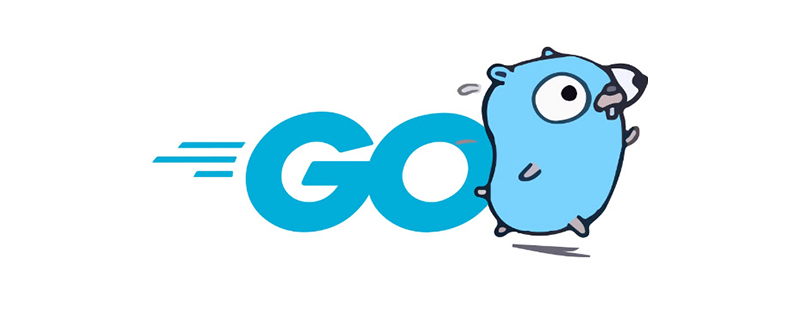

Because the Go language supports concurrency, concurrency questions are often asked in interviews. For example, what are the ways to control the number of go concurrencies? The following are two examples that I personally compiled:
func waitGroup() { count := 10 wg := sync.WaitGroup{} for i := 0; i < count; i++ { wg.Add(1) go func(j int) { fmt.Print(j) wg.Done() // 也可使用 wg.Add(-1) }(i) } wg.Wait() }
The above mainly uses the waitGroup under the sync package in go. This is also a common implementation method at work. The key point is to grasp the Add method. Position, the Wait method is to wait for all coroutines to be executed
func channel() { count := 10 // 最大支持并发 sum := 100 // 任务总数 c := make(chan struct{}, count) // 控制任务并发的chan sc := make(chan struct{}, sum) // 控制任务总数的chan defer close(c) defer close(sc) for i:=0; i0;i-- { <- sc } }
The above example uses the channel in go, using the channel blocking feature and the buffered channel to control the number of concurrencies, where sc This channel can be removed. In the example, it is only used to prevent all output from not being output after the main program exits. In normal operation, the program is generally blocking, so it can be removed.
For more related knowledge, please pay attention to the go language tutorial column
The above is the detailed content of Methods to control the number of concurrency in go language. For more information, please follow other related articles on the PHP Chinese website!
 Usage of Type keyword in Go
Usage of Type keyword in Go How to implement linked list in go
How to implement linked list in go What are the Go language programming software?
What are the Go language programming software? How to learn go language from 0 basics
How to learn go language from 0 basics What are the methods to implement operator overloading in Go language?
What are the methods to implement operator overloading in Go language? What are the operators in Go language?
What are the operators in Go language? WeChat steps
WeChat steps How much is Dimensity 8200 equal to Snapdragon?
How much is Dimensity 8200 equal to Snapdragon?